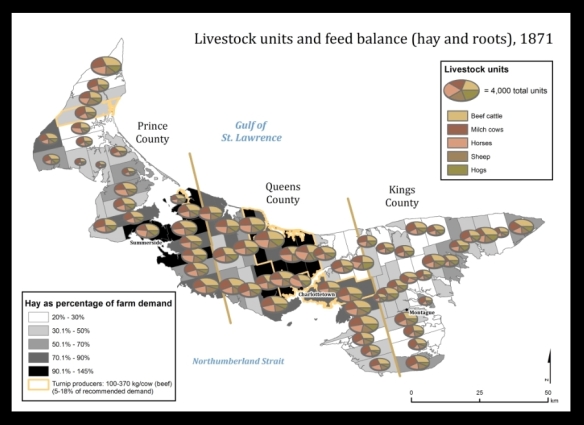Full disclosure, my son works for this company! They are developing a new product for hydrologists that might need extra compute power for their computations and analysis. If you work in government, anywhere in the US, and work on contracts with engineering firms that specialize in hydrology projects, they would really like to talk with you. Read on below and thanks! -mike
We are looking to talk with people who work in city or county level government who are involved with issuing the calls/contracts to carry out stormwater risk assessment and analysis. We are working closely with civil engineering firms to carry out flooding simulations due to weather conditions or dam breaches. Some of the issued contracts come under the names of:
- Dam safety studies
- Flood/inundation mapping/remapping
- Whole watershed mapping study
- City master plans
I would love to talk to people who are involved in these studies.
Kind regards,
Ivan Ravlich
CEO, Hypernet Labs, Inc.
ivan@hypernetlabs.io
https://hypernetwork.io




